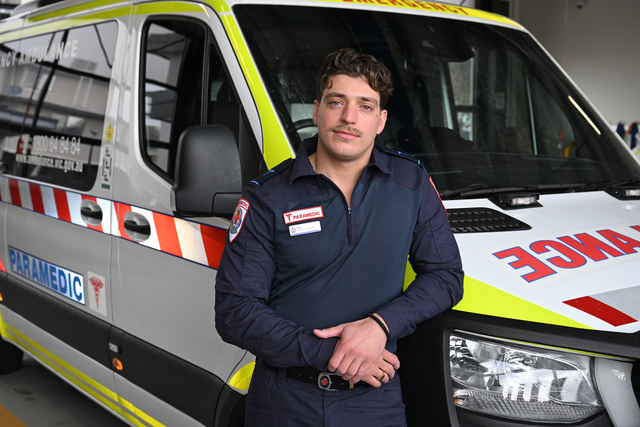Brimbank represented the third highest avoidable mortality rate at 116.6 per 100,000, according to a new North Western Melbourne Primary Health Network (NWMPHN) report.
The 2022-2025 Health Needs Assessment [HNA] report highlighted the health needs of the more than 1.9 million residents across Melbourne’s western and northern suburbs.
NWMPHN Insight Performance and Digital Services executive director Emma McKeown said they adapted their approach for this report to consider the social determinants of health.
She said the sources of evidence-based data included population health data, targeted surveys and focus groups, as well as engagement with healthcare providers and Victorian Agency for Health Information (VAHI) data.
“That helps us to understand where there are health gaps within our services,” she said.
“I think it’s quite a robust method.”
Ms McKeown said due to the report only being a snapshot of a point in time, further data would continue to shape the NWMPHN’s approaches moving forward.
“It’s a living thing,” she said.
“We are also consulting with local councils about some of the findings…to address the identified needs.”
Other findings of the report included:
* The proportion of daily smokers across the NWMPHN was 14.7 per cent for men and 10.9 per cent for women, which was higher than the state average across the catchment area across both men and women;
* Only three per cent of adults within the primary healthcare network met the recommended daily intake of fruits and vegetables, which was below the state-wide average of 3.6 per cent;
* Wyndham had the highest number of patients mental health care plans during 2020-21 at 21,304;
* About 28 per cent of adults within the NWMPHN have been diagnosed with anxiety or depression; and
* Maribyrnong had the highest avoidable mortality rate at 128.2 deaths per 100,000, while Melton’s rate was 117.6 per 100,000.







